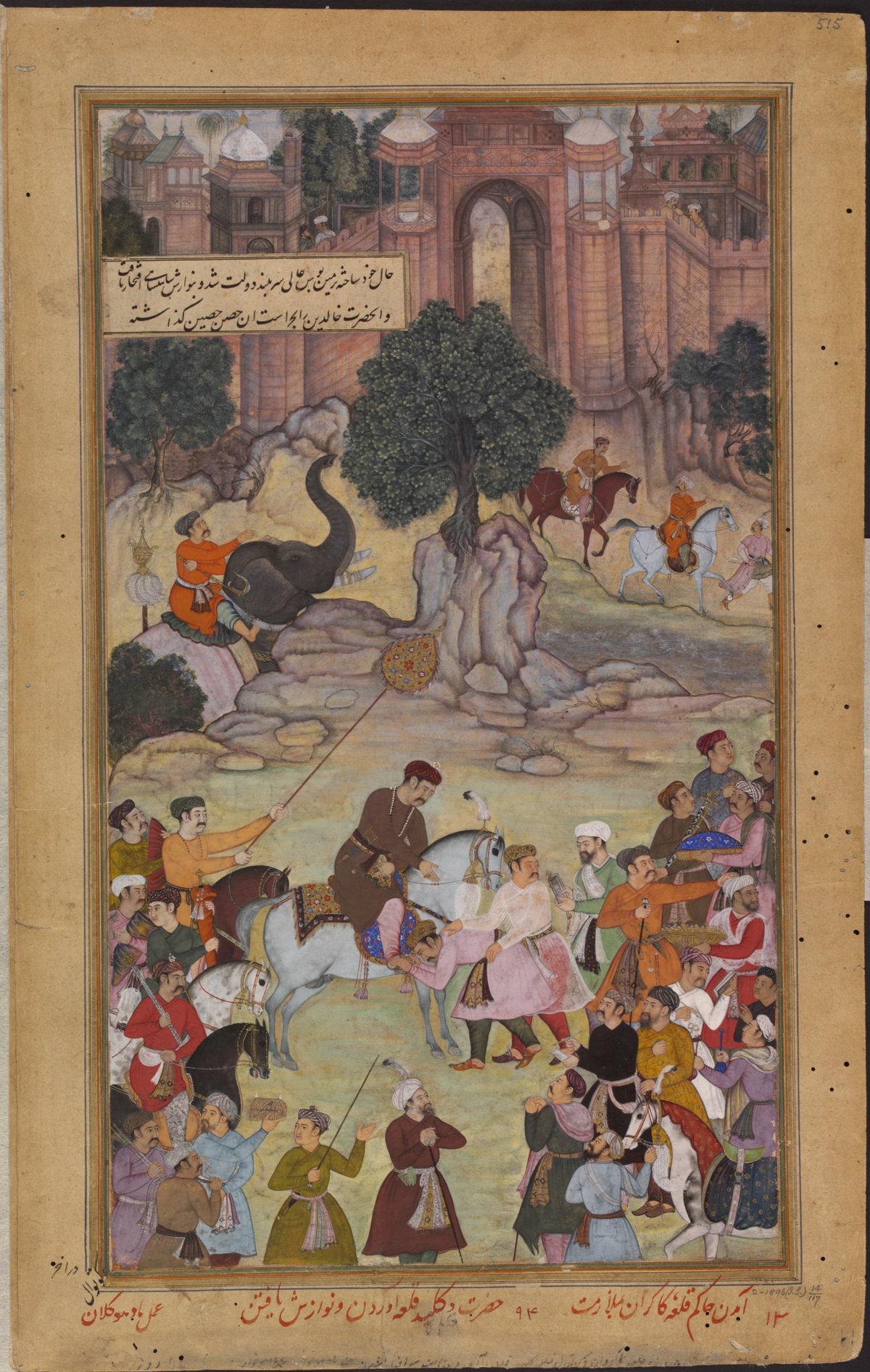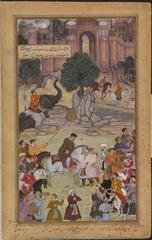
Gagron Fort Visiting Hours, Tickets, and Historical Guide – Jhalrapatan, India
Date: 14/06/2025
Introduction
Gagron Fort, situated in Jhalrapatan near Jhalawar in Rajasthan, India, is an outstanding example of medieval military architecture and cultural synthesis. As one of the rare “Jal Durgs” (water forts) in India, it is uniquely positioned at the confluence of the Ahu and Kali Sindh rivers, surrounded on three sides by water and on the fourth by a deep moat. Recognized as part of the “Hill Forts of Rajasthan” UNESCO World Heritage Site, Gagron’s layered history, architectural ingenuity, and vibrant traditions make it an unmissable destination for history enthusiasts and cultural explorers (UNESCO; Tusk Travel).
This comprehensive guide details the fort’s origins, architectural features, cultural legacy, and practical visitor information—empowering you to plan a memorable visit to one of Rajasthan’s most remarkable historical sites.
Historical Overview
Origins and Dynastic Rule
Constructed in the late 12th century by Raja Bijaldev of the Doda Rajput dynasty, Gagron Fort’s strategic placement leveraged natural riverine defenses and a rocky hillock foundation (Tusk Travel; OmaTrav). Over time, it became the capital of the Khinchi Chauhans, who expanded the fortifications and developed palatial, religious, and civic structures.
Battles and Political Significance
Gagron Fort’s military importance is underscored by its turbulent history. The fort was besieged in the 15th century by Mahmud Khilji of Malwa, resulting in a legendary Rajput defense and the tragic occurrence of jauhar (mass self-immolation) by the fort’s women (Tusk Travel). The fort changed hands multiple times, falling under the Delhi Sultanate, Mughals, Marathas, and eventually the British East India Company in 1818. It played a role during the Indian Rebellion of 1857, highlighting its enduring strategic relevance (OmaTrav).
Architectural Marvels
Defensive Layout and Natural Barriers
Gagron Fort is an exemplar of water fortification—protected on three sides by fast-flowing rivers and on the fourth by a wide moat (UNESCO). The outer walls, reaching 30 meters in height, are punctuated by robust bastions and accessed through grand gates such as Jai Pol, Suraj Pol, and Andheri Pol (OmaTrav). The fort’s construction directly on bedrock, without a traditional foundation, enhances its stability (ynorme.com).
Palaces, Temples, and Religious Structures
Inside, the fort houses:
- Ratan Mahal: A seven-storey palace with detailed stone carvings.
- Phool Mahal: Decorated with vibrant floral motifs.
- Sheesh Mahal: Renowned for exquisite mirror work.
- Hawa Mahal: An open pavilion offering sweeping views.
The complex also includes Hindu temples (dedicated to Shiva, Ganesha, and Durga), the Kamal Sagar Jain Temple, and mosques, reflecting the region’s religious diversity (ynorme.com).
Water Management and Sustainability
A sophisticated water management system harnessed the fort’s proximity to the rivers. Stepwells, underground reservoirs, and harvesting channels ensured sustainable water supply during sieges and droughts, many of which are still functional (UNESCO; noblehousetours.com).
Visiting Gagron Fort: Essential Information
Visiting Hours
- Standard Hours: 9:00 AM to 6:00 PM, daily.
- Some sources suggest closure on Mondays for maintenance and slight variations (e.g., 9:30 AM–5:00 PM). Confirm timings before your visit.
Ticket Prices
- Indian Adults: INR 20–30 (varies by source)
- Foreign Tourists: INR 100–200
- Children (<15 years): Free or INR 10
- Occasional nominal fee: Some visitors report up to INR 50; always carry small change.
- Where to Buy: At the fort entrance or online through Rajasthan tourism websites (rajasthantourplanner.com).
Accessibility and Facilities
- The fort’s rugged terrain—steep steps, uneven stone pathways, and limited safety rails—may challenge those with mobility issues.
- There are few amenities inside (limited or no restrooms, cafes, or shops); carry water, snacks, and sun protection.
- Security personnel are present, and local guides can be hired for historical tours.
Getting There
- By Road: 12–14 km from Jhalawar city, 95 km from Kota.
- By Rail: Jhalawar city has a railway station 2 km from the center.
- By Air: Nearest airport is Indore (232–240 km); Jaipur Airport is about 345 km away.
- Travel Tip: Use GPS for directions, as signage is sparse.
Best Time to Visit
- October to March: Pleasant weather, lush landscapes.
- Avoid: Peak summer (April–June) due to high temperatures.
- Photography: Early mornings and late afternoons provide the best light.
Cultural and Syncretic Heritage
Rajput Valor and Folklore
Gagron’s history is celebrated in local ballads and festivals, with the jauhar tradition during Mahmud Khilji’s siege symbolizing Rajput valor (Wikipedia). Annual fairs and rituals keep these stories alive.
Religious Plurality
The fort’s inclusive character is highlighted by:
- Sufi Dargah of Mitthe Shah: Just outside the fort, hosting large gatherings during Muharram (Wikipedia).
- Jain and Hindu Temples: Active centers for worship and festivals such as Navratri and the Gagron Fort Fair in Bhadra (August–September) (Alight India).
- Architectural Fusion: Rajput and Mughal elements coexist, reflecting centuries of cultural exchange (Alight India).
Annual Fairs and Festivals
The Gagron Fort Fair and Muharram celebrations are major cultural highlights, drawing people from diverse backgrounds and fostering interfaith harmony.
Visitor Experience: What to See and Do
Highlights
- Watch Point: Offers panoramic views of the rivers and Mukundara hills.
- Stepwells and Waterways: Explore the ingenious medieval water systems.
- Palatial Complexes and Religious Monuments: Marvel at the intricate architecture and vibrant spiritual life.
Photographic Opportunities
Capture dramatic vistas from the ramparts, scenic river views, and the atmospheric courtyards. Respect signage and local customs, especially in religious areas.
Suggested Itinerary
- Duration: 2–4 hours for a comprehensive visit.
- Nearby Attractions:
- Jhalawar Government Museum
- Bhawani Natyashala (historic theater)
- Chandrabhaga and Sun Temples in Jhalrapatan
- Dargah of Mittheshah
Safety and Practical Tips
- Bring essentials: Water, snacks, hats, and sunscreen.
- Footwear: Wear sturdy, comfortable shoes for uneven terrain.
- Guided Tours: Highly recommended for historical context.
- Respect Local Customs: Dress modestly, especially in religious spaces.
- Travel in Groups: The site is peaceful and less crowded, so inform someone of your plans.
Frequently Asked Questions (FAQ)
Q: What are the Gagron Fort visiting hours?
A: 9:00 AM–6:00 PM daily (confirm locally for updates).
Q: How much are the tickets?
A: INR 20–30 for Indians, INR 100–200 for foreigners, children usually free.
Q: Is the fort accessible for people with disabilities?
A: Limited accessibility due to rugged terrain and steps.
Q: Are guided tours available?
A: Yes, at the entrance and via official tourism channels.
Q: What is the best season to visit?
A: October to March.
Q: Can I photograph inside the fort?
A: Yes, but respect restrictions at religious sites.
Visual Highlights
Alt text: Entrance gate of Gagron Fort surrounded by water moat and lush greenery.
Alt text: Intricate carvings inside the Ratan Mahal palace within Gagron Fort.
Nearby and Related Attractions
Plan Your Visit
Explore Gagron Fort’s rich history and scenic beauty with confidence. Download the Audiala app for guided tours, real-time visitor updates, and travel recommendations. Stay connected on social media for the latest news and events from Rajasthan’s heritage sites.
Additional Resources
- UNESCO World Heritage Centre – Gagron Fort
- Tusk Travel – Gagron Fort Guide
- OmaTrav – Gagron Fort
- Rajasthan Tour Planner – Gagron Fort
- Ynorme Blog – Gagron Fort
- Noble House Tours – Gagron Fort
- Wikipedia – Gagron Fort
- Alight India – Hill Forts of Rajasthan
- Rajasthan Tours India – Gagron Fort Guide
- India Shine – Gagron Fort
- Stamped Moments – Gagron Fort
Gagron Fort is not just a monument—it is a living chronicle of Rajasthan’s valor, resilience, and multicultural spirit. Plan your visit, immerse yourself in its history, and let its majestic walls and timeless stories inspire your journey.
